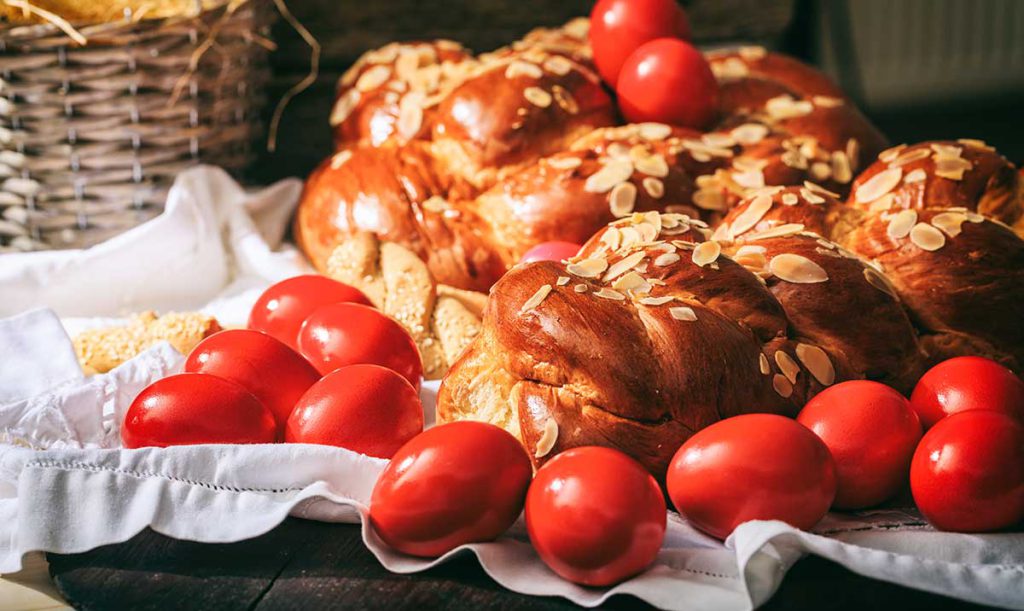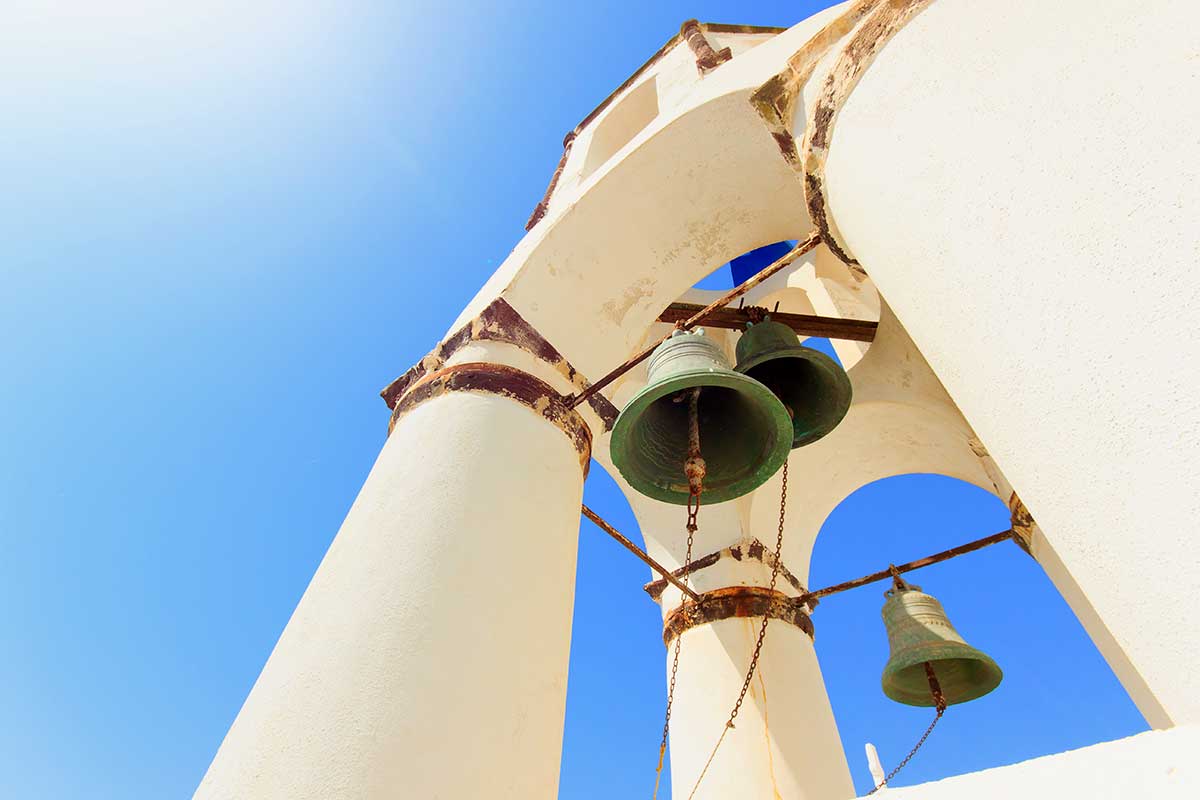Easter customs on Kos Island
Before you learn about the Easter customs on Kos Island, you should know when the island’s inhabitants celebrate the most important religious holiday in the Greek Orthodox calendar. Here are the dates for the following ten years:
- 2022, Easter Sunday: April 24
- 2023, Easter Sunday: April 16
- 2024, Easter Sunday: May 5
- 2025, Easter Sunday: April 20
- 2026, Easter Sunday: April 12
- 2027, Easter Sunday: May 2
- 2028, Easter Sunday: April 16
- 2029, Easter Sunday: April 8
- 2030, Easter Sunday: April 28
- 2031, Easter Sunday: April 13
- 2032, Easter Sunday: May 2
Note that Greek Orthodox Easter and Catholic Easter dates usually do not coincide because the Greek Church uses the Julian calendar introduced by Julius Caesar in 46 BC to calculate the Easter date. In contrast, the Western Church uses the Gregorian calendar introduced by Pope Gregory XIII in 1582. To give you an idea, in the Julian calendar, 2022 was 2775. Of course, the Greek Orthodox Church uses the Julian calendar just to determine the Easter date and will mark it for clarity on the Gregorian calendar used by most of the world.
And if you wondered why they do not choose a universal Easter day; this is because of an old formula determined in 725 by Saint Bede. According to the formula, the Church will celebrate Easter on the first Sunday following the first full moon after the vernal equinox (spring equinox). However, the spring equinox can fall on March 19, 20, or 21. So, the Church agreed on March 21 as a reference point.
Easter traditions on Kos Island
Most of the Easter traditions of Kos are like those observed on other Greek islands all over the country. Koans fast for forty days before Easter Sunday. Lenten is more than a time for food abstinence: it is a time for prayer and self-reflection.
Most Easter customs begin on the Saturday of Lazarus when Koan women bake little lazarakia (Greek Lazarus bread) shaped like a man wrapped in a shroud to commemorate the Lazarus of Bethany (Righteous Lazarus), whom Jesus restored to life four days after his death. Lazarakia are Lenten sweets containing no eggs or dairy but sugar and spices like ground clove and cinnamon.
Palm Sunday follows the Saturday of Lazarus. Now you can see all the churches decorated with palm leaves, as the holiday’s name implies.
On Holy Tuesday (Fig Tuesday), it is time to bake traditional Easter cookies, koulourakia, soft sweet cookies made of butter, plain white sugar, lukewarm milk, flour, and eggs. They will rise with baking ammonia or baking powder. Spices used for koulourakia may include vanilla extract and orange zest.
On Holdy Wednesday, many households will become fragrant due to mastic and mahlab-flavoured tsoureki Easter bread: its three braids symbolize the Holy Trinity.

The following day, Holy Thursday, Koan women dye eggs in red: the colour symbolizes the blood of Christ on the cross, while the egg means rebirth. The red eggs are a meaningful symbol for Easter. You will rarely see eggs decorated in other colours on Kos Island. If you do, they are not traditional.
Holy Friday (Good Friday or Great and Holy Friday) bears significant importance during Holy Week as it commemorates Jesus’s crucifixion and death at Golgotha. It is a strict day of fasting, known as the “black fast:” practitioners will abstain from drinking (even water) and eating until sundown. You will hear the peal of the bells and see people dressed in somber clothing rushing to church to see the Epitaphios – a replica of Christ’s tomb richly decorated with flowers for this occasion. Priests will carry the Epitaphios on a bier in the streets at dusk, followed in silence by a large procession of worshipers.
Holy Saturday offers Koan women enough time to prepare the traditional magiritsa soup they will serve after midnight mass (after the Resurrection of Christ, so pretty much on Easter Sunday). Magiritsa is made of lamb offal (heart, liver, lungs) and intestines with other ingredients like lettuce and avgolemono (egg and lemon sauce).
The Pascal Vigil begins on Holy Saturday before the Midnight Office, which ends when the priest brings the “light of Christ” to the people attending the service. Right now, fireworks will light up the sky while people begin to peregrinate back to their homes, holding lit candles in their hands and greeting each other with Christos Anesti.
Easter Sunday is a vibrant celebration that finds Koans outdoors with families and friends, attending a feast fit for a king. Unlike other Greek islands where lamb roasted at the spit is the centrepiece, Kos Island’s traditional meal is lamb stuffed with offal, rice, and aromatic herbs (mint is essential) and baked in an oven.
These customs you can observe during Easter on Kos Island: they show how much Easter means to the Greeks and why this is the holiest of the Greek Orthodox holidays.

